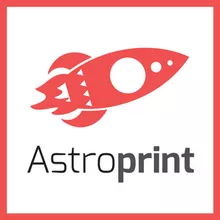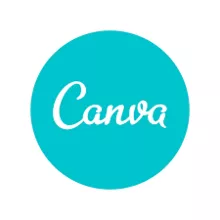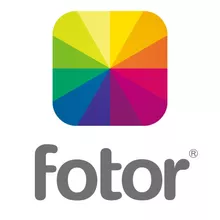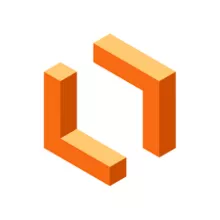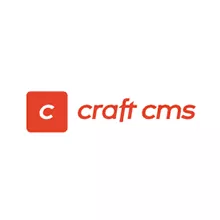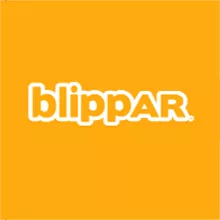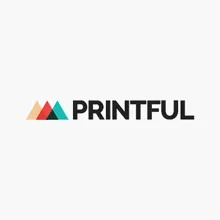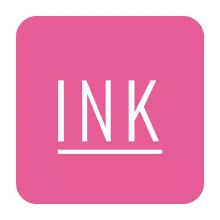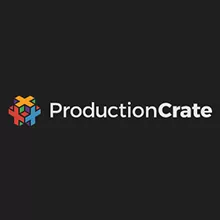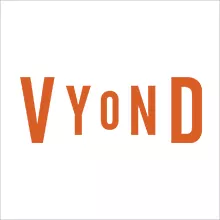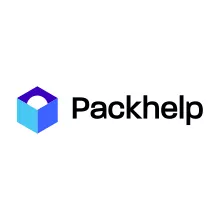3D printer marketplace for consumers
3D Printing: An overview
Developing 3D modelling software used to be quite expensive. Furthermore, operating it would need a particular set of skills. However, in recent years, 3D printing software tools have improved their engineering and design skills. A 3D model, which has a three-dimensional cross-section, is used to print 3D objects using additive manufacturing, which layers materials that match exactly. The most frequent materials for 3D printing are plastics and metal alloys, although they can print on almost anything, from concrete to living tissue. With computer-aided design (CAD) models, 3D printing converts 3D models into physical objects that you can touch and use in the real world. Then, the software takes the 3D model as input and instructs the 3D printer to make a copy of it. Finally, the material cartridge and the required colours are inserted into the 3D printer to produce the model. Furthermore, before generating the final print, the 3D model is optimised for printing to ensure that the design does not break or distort during the printing process. Today, these technologies include sophisticated capabilities like cloud collaboration and virtual reality compatibility to efficiently mimic the 3D model.
Why use a 3D printer?
Until recently, 3D printing had only been used by colleges and major enterprises experimentally. However, it is now being used by a growing number of sectors of the economy. Pessimists prefer to present examples of trivial, basic 3D printed products that could have been simply created using a different process and maybe even for less money. 3D printing, on the other hand, maybe valuable if you know how to use it you want to accomplish. Because the technology has so many applications, more institutions create 3D printing departments, and many businesses highly prize 3D printing abilities. Professionals with expertise in 3D printing are in great demand. A 3D printer may also be used to save a lot of money in manufacturing operations. 3D printing is becoming increasingly important in R&D and design departments. Wherever technology is implemented, it speeds up work and reduces expenses. This technology has found a niche in the media industry as a manufacturer of customised promotional products. Architects may use it to create mockups, and mechanics may use it to create tools. It's also a great tool for start-ups who need to make casing prototypes or even the casings themselves in low-volume manufacturing.
3D Printing: Benefits
- Adaptable Design: Traditional manufacturing technologies do not allow for creating and producing more complicated designs as 3D printing does. Traditional technologies impose design constraints that are no longer applicable when 3D printing is used.
- Prototyping in a Short Time: The prototype process is sped up by 3D printing, which can produce parts in hours. This allows each step to be completed more quickly. Since 3D printed components are produced in hours rather than days or weeks for machining prototypes, they are significantly cheaper and faster to manufacture than prototypes made by machining.
- On-Demand Printing: Another advantage of print on demand is that, unlike traditional production methods, it does not need a large amount of space for inventory storage. Because there is no need to print in bulk unless it is absolutely essential, this saves both space and money. The 3D design files produced by the 3D model are either CAD or STL files, so they can be found and printed at a later date using the virtual library. A very low-cost design change is made possible by editing individual files instead of wastefully investing in tools and out-of-date inventory.
- Strength and lightness in one part: Plastic is the most often used 3D printing medium, while certain metals can also be utilised. Plastics have the benefit of being more lightweight than metals. This is especially important in industries like transportation and aviation, where weight reduction is a priority and improved fuel efficiency is possible. Parts can also be made from custom materials to give specialised features like heat resistance, increased strength, or water repellency.

